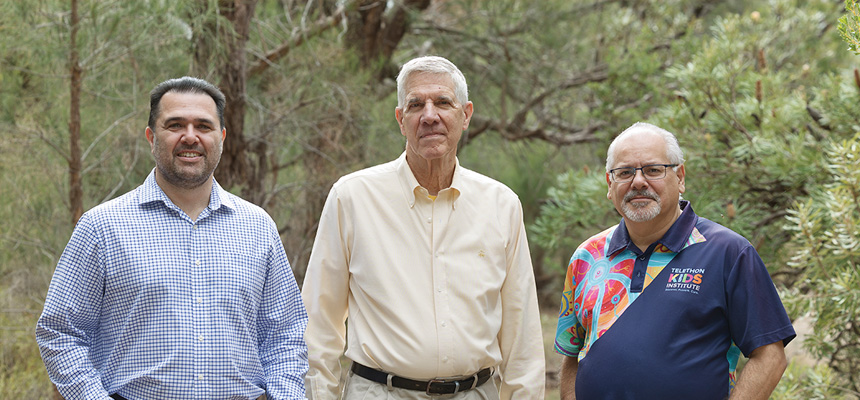Revisiting data for more positive change
A quarter of a century later, it’s hoped the power of those reports will again light the spark for change.
Associate Professor Francis Mitrou, who worked on the ‘90s iteration of WAACHS, will lead a new Federally-funded project to revisit the survey data.
The project team will be able to link the information gathered decades ago with data held by a whole range of Government agencies stretching back more than 40 years.
“We know that those early years are really crucial to the development of children – physically, cognitively and emotionally,” Associate Professor Mitrou said.
“We are in a unique position to pinpoint the areas that need the most focus and where policy changes could make a positive impact and improve Closing the Gap indicators.
“We’ll be able to look through multiple lenses – health, education, child protection, and justice – over long periods of time to work out what’s working and what’s not working for Aboriginal children.
“We will do this work under the guidance and direction of strong Aboriginal governance and in partnership with Aboriginal communities.”
Next chapter for major study
Telethon Kids Institute’s Director of First Nations Strategy and Leadership and Noongar man, Associate Professor Glenn Pearson, was a project officer on the original WAACHS study.
He said carrying the work forward would give significant insights into whether much had changed.
“One of the things that stood out for me in the initial project was the toxic level of stress that sits on top of Aboriginal families,” Associate Professor Pearson said. “We asked the families about what we called ‘life stress events’ in the survey – things like a death in the family, financial problems or family conflict.
“We all know we’re under the pump, but when you compare what’s happening in mainstream Australia to the levels of stress faced by Aboriginal people on a daily basis – that was pretty powerful.”
The evidence gathered through the WAACHS study about the mental health burden on Aboriginal families formed the basis of ongoing work in the youth mental health space at Telethon Kids.
Associate Professor Pearson said linking the data breathed new life into the rich and valuable findings of the survey.
“This allows us to go back to the community and connect those dots, because fundamentally – this is their story.”
